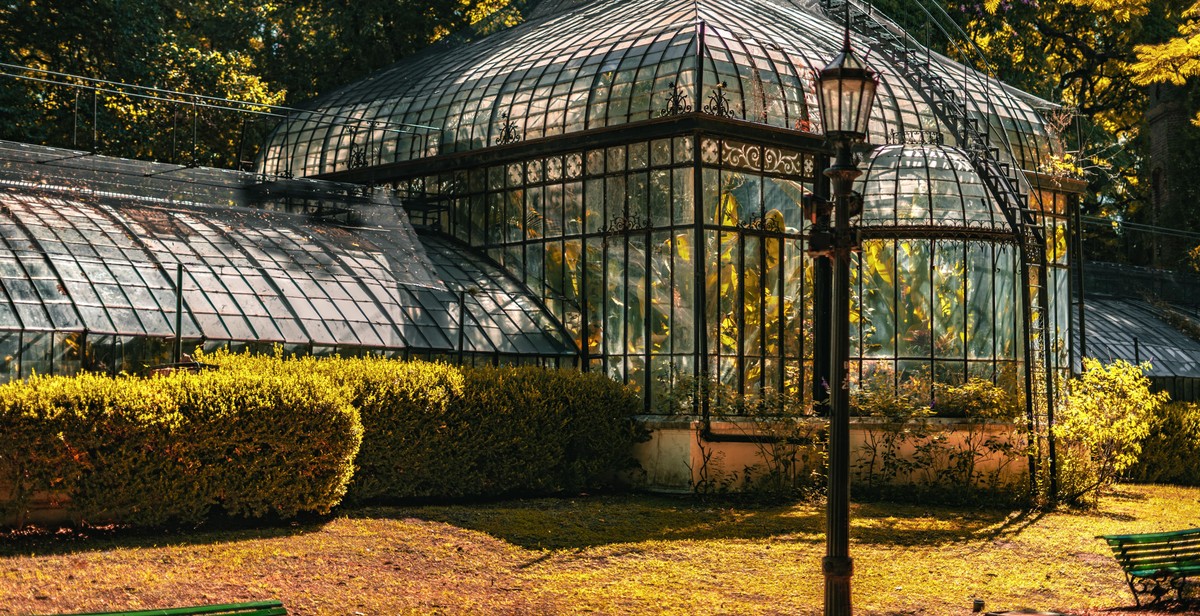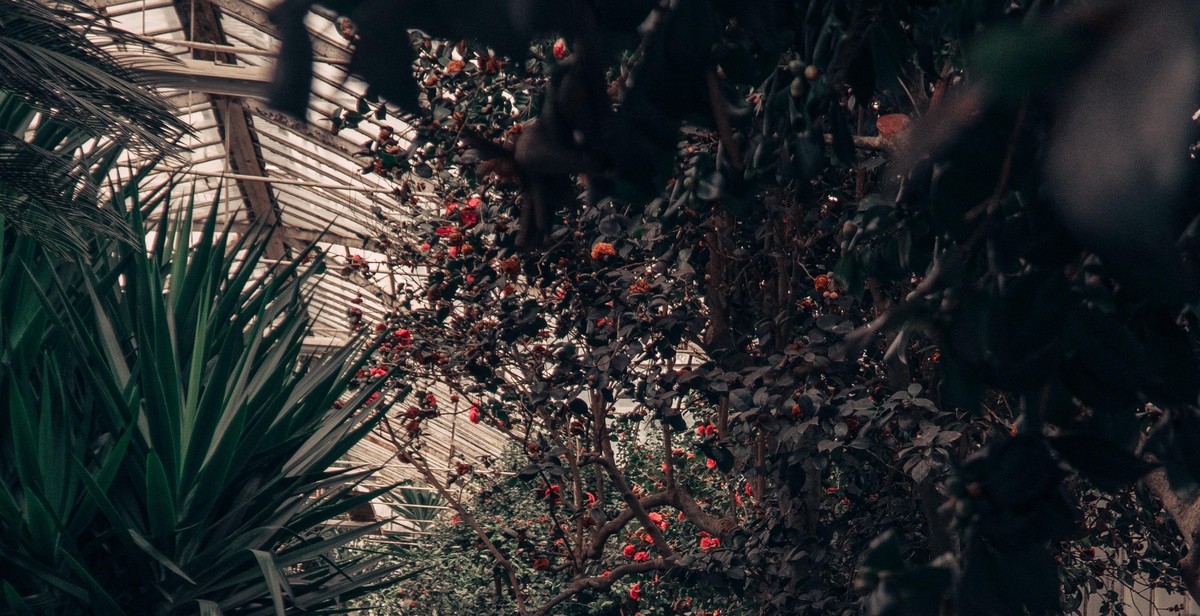How to Build a DIY Greenhouse in Your Backyard
Are you a gardening enthusiast looking to extend your growing season or protect your plants from harsh weather conditions? Building a greenhouse in your backyard is a great solution. Not only does it provide a controlled environment for your plants to thrive, but it also serves as a beautiful addition to your property.
Benefits of a Greenhouse
A greenhouse offers numerous benefits for gardeners, including:
- Protection from extreme weather conditions such as frost, hail, and heavy rain
- Extended growing season, allowing you to grow plants year-round
- Controlled environment for optimal plant growth
- Opportunity to grow a wider variety of plants that may not be suitable for your region
- Increased property value and aesthetic appeal
DIY Greenhouse
Building a greenhouse may seem daunting, but with the right tools and materials, it can be a fun and rewarding DIY project. In this article, we will guide you through the steps to build a simple and affordable greenhouse in your backyard.
Whether you’re a seasoned DIYer or a beginner, a DIY greenhouse is a great way to enhance your gardening experience and enjoy fresh produce all year round. Let’s get started!

Benefits of Building a DIY Greenhouse
Building a DIY greenhouse in your backyard can bring numerous benefits, not only for your plants but also for the environment and your wallet. Here are some of the top benefits of building a DIY greenhouse:
Environmental Benefits
- Reduced Carbon Footprint: By building a DIY greenhouse, you can reduce your carbon footprint by growing your own produce, which means fewer emissions from transportation and less waste in landfills.
- Conserves Water: Greenhouses use less water than traditional gardening methods since they recycle water through a closed-loop system, reducing water waste.
- Protects Plants from Extreme Weather: A greenhouse provides a sheltered environment for your plants, protecting them from extreme weather conditions such as heavy rain, wind, and frost. This reduces the need for pesticides and other harsh chemicals that can harm the environment.
Economic Benefits
- Saves Money on Groceries: By growing your own produce in a DIY greenhouse, you can save money on groceries and reduce your dependency on store-bought produce.
- Increases Property Value: A well-built DIY greenhouse can increase the value of your property, making it a worthwhile investment.
- Provides a Steady Supply of Fresh Produce: A DIY greenhouse allows you to grow produce year-round, providing a steady supply of fresh fruits and vegetables for your household.
Building a DIY greenhouse is not only a fun and rewarding project, but it also has numerous benefits for the environment and your wallet. With a little effort and dedication, you can enjoy fresh produce and a more sustainable lifestyle.
Choosing the Right Location for Your Greenhouse
Before you start building your DIY greenhouse, it is important to choose the right location. The success of your greenhouse depends on the location you choose. Here are some factors to consider:
Sunlight and Shade
Your greenhouse should be located in an area that receives plenty of sunlight. Ideally, your greenhouse should face south, as this will provide the most sunlight throughout the day. However, if your backyard doesn’t have a south-facing area, choose a location that gets at least 6 hours of sunlight per day. Avoid areas that are shaded by trees or buildings, as this will limit the amount of sunlight your plants receive.
Access to Water
Your greenhouse will need a reliable source of water. Choose a location that is close to a water source, such as a hose or irrigation system. This will make it easier to water your plants and maintain the humidity levels inside your greenhouse.
Proximity to Your House
Consider how far your greenhouse will be from your house. If you plan to spend a lot of time in your greenhouse, it’s important to choose a location that is easily accessible. This will make it easier to check on your plants, water them, and maintain the temperature inside the greenhouse.
By considering these factors when choosing the location for your DIY greenhouse, you can ensure that your plants thrive and your greenhouse is a success.

Selecting Materials for Your DIY Greenhouse
When it comes to building your own greenhouse, selecting the right materials is crucial for its success. The right frame, covering, and flooring materials can ensure your greenhouse is durable, energy-efficient, and functional.
Frame Materials
The frame of your greenhouse is the most important part of its construction. It needs to be strong enough to support the covering material and withstand the elements. The most common materials used for greenhouse frames are:
- Wood: A classic choice for greenhouse frames, wood is affordable, easy to work with, and provides good insulation. However, it requires regular maintenance and is not as durable as metal or PVC.
- Metal: Steel or aluminum frames are strong, durable, and low maintenance. They are also more expensive than wood or PVC.
- PVC: PVC pipes are a cost-effective option for greenhouse frames. They are lightweight, easy to work with, and require minimal maintenance. However, they are not as strong as metal or wood.
Covering Materials
The covering material of your greenhouse should allow sunlight to enter while keeping the interior warm and protected from the elements. The most common materials used for greenhouse coverings are:
- Glass: Glass is the most traditional and attractive option for greenhouse coverings. It allows maximum light transmission and is durable. However, it is heavy, expensive, and can break easily.
- Polyethylene: Polyethylene plastic is a lightweight, affordable, and easy-to-install option for greenhouse coverings. It also provides good insulation. However, it has a shorter lifespan than glass or polycarbonate.
- Polycarbonate: Polycarbonate is a durable, lightweight, and energy-efficient option for greenhouse coverings. It provides good insulation and is shatterproof. However, it is more expensive than polyethylene and requires special tools for installation.
Flooring Materials
The flooring of your greenhouse should be durable, non-slip, and easy to clean. The most common materials used for greenhouse flooring are:
- Gravel: Gravel is a simple and affordable option for greenhouse flooring. It provides good drainage and is non-slip. However, it can be difficult to clean and may not be suitable for all types of plants.
- Concrete: Concrete is a durable and easy-to-clean option for greenhouse flooring. It provides good insulation and is non-slip. However, it is expensive and can crack over time.
- Pavers: Pavers are a decorative and easy-to-install option for greenhouse flooring. They provide good drainage and are non-slip. However, they can be expensive and may require regular maintenance.

Building Your DIY Greenhouse
Building your own greenhouse can be a rewarding and cost-effective way to grow your own plants, fruits, and vegetables. Here are the steps to follow for building your own DIY greenhouse:
Creating a Foundation
The first step in building your DIY greenhouse is creating a foundation. This will provide a stable base for your greenhouse and help prevent it from shifting or settling over time. You can use concrete, gravel, or pavers to create your foundation, depending on your preference and budget.
Assembling the Frame
The next step is assembling the frame of your greenhouse. You can use wood, PVC pipes, or metal to create your frame, depending on your preference and budget. Make sure to follow the instructions carefully and use the proper tools and hardware to ensure a sturdy and secure frame.
Installing the Covering
Once the frame is assembled, it’s time to install the covering. You can use glass, polycarbonate panels, or greenhouse plastic to cover your greenhouse, depending on your preference and budget. Make sure to choose a covering that is durable and provides proper insulation for your plants.
Installing the Flooring
The final step is installing the flooring. You can use concrete, gravel, or pavers for your greenhouse flooring, depending on your preference and budget. Make sure to choose a flooring material that is easy to clean and provides proper drainage for your plants.
- Create a foundation using concrete, gravel, or pavers
- Assemble the frame using wood, PVC pipes, or metal
- Install the covering using glass, polycarbonate panels, or greenhouse plastic
- Install the flooring using concrete, gravel, or pavers
By following these steps, you can build your own DIY greenhouse and start growing your own plants, fruits, and vegetables.
Maintaining Your DIY Greenhouse
After building your DIY greenhouse, it is important to maintain it properly to ensure your plants thrive. Here are some tips to keep your greenhouse in top shape:
Temperature Control
Greenhouses are designed to regulate temperature and humidity levels, but it is important to monitor these levels regularly. During hot summer months, it is important to provide proper ventilation to prevent overheating. In cooler months, you may need to add a heat source to maintain ideal temperatures for your plants.
Watering and Fertilizing
Plants in a greenhouse require regular watering and fertilizing. However, it is important to avoid overwatering, as this can lead to mold and mildew growth. Consider installing a drip irrigation system to ensure proper watering. Additionally, use a high-quality fertilizer to promote healthy growth.
Pest and Disease Management
Greenhouses can be a breeding ground for pests and diseases, so it is important to take preventative measures to avoid infestations. Regularly inspect your plants and greenhouse for signs of pests or disease and take action immediately if you notice any issues. Consider using natural pest control methods rather than harsh chemicals.
| Temperature Control Tips | Watering and Fertilizing Tips | Pest and Disease Management Tips |
|---|---|---|
| Monitor temperature and humidity levels regularly | Avoid overwatering to prevent mold and mildew growth | Regularly inspect plants and greenhouse for signs of pests or disease |
| Provide proper ventilation during hot summer months | Consider installing a drip irrigation system for proper watering | Take action immediately if pests or disease are detected |
| Add a heat source in cooler months if needed | Use high-quality fertilizer to promote healthy growth | Consider using natural pest control methods |

Conclusion
Building a DIY greenhouse in your backyard is a great way to grow your own fresh produce, flowers, and herbs year-round. With the right tools and materials, you can create a functional and attractive greenhouse that will provide a comfortable environment for your plants to thrive.
When planning your greenhouse, consider the size, location, and design that will work best for your needs. Remember to choose materials that are durable and weather-resistant, such as polycarbonate panels and pressure-treated lumber.
During construction, take your time and follow the instructions carefully to ensure that everything is installed correctly. Be sure to seal all joints and seams to prevent drafts and leaks.
Once your greenhouse is complete, it’s time to start planting! Choose plants that are well-suited to the environment inside your greenhouse, and be sure to provide them with plenty of water, sunlight, and nutrients.
With a little bit of effort and care, your DIY greenhouse can provide you with fresh, healthy produce and beautiful flowers all year long. So why not start planning your backyard greenhouse today?
| Pros | Cons |
|
|
Overall, building a DIY greenhouse can be a rewarding and fulfilling project for any gardener or homeowner. With the right tools, materials, and care, you can create a beautiful and functional greenhouse that will provide you with fresh produce and flowers for years to come.
